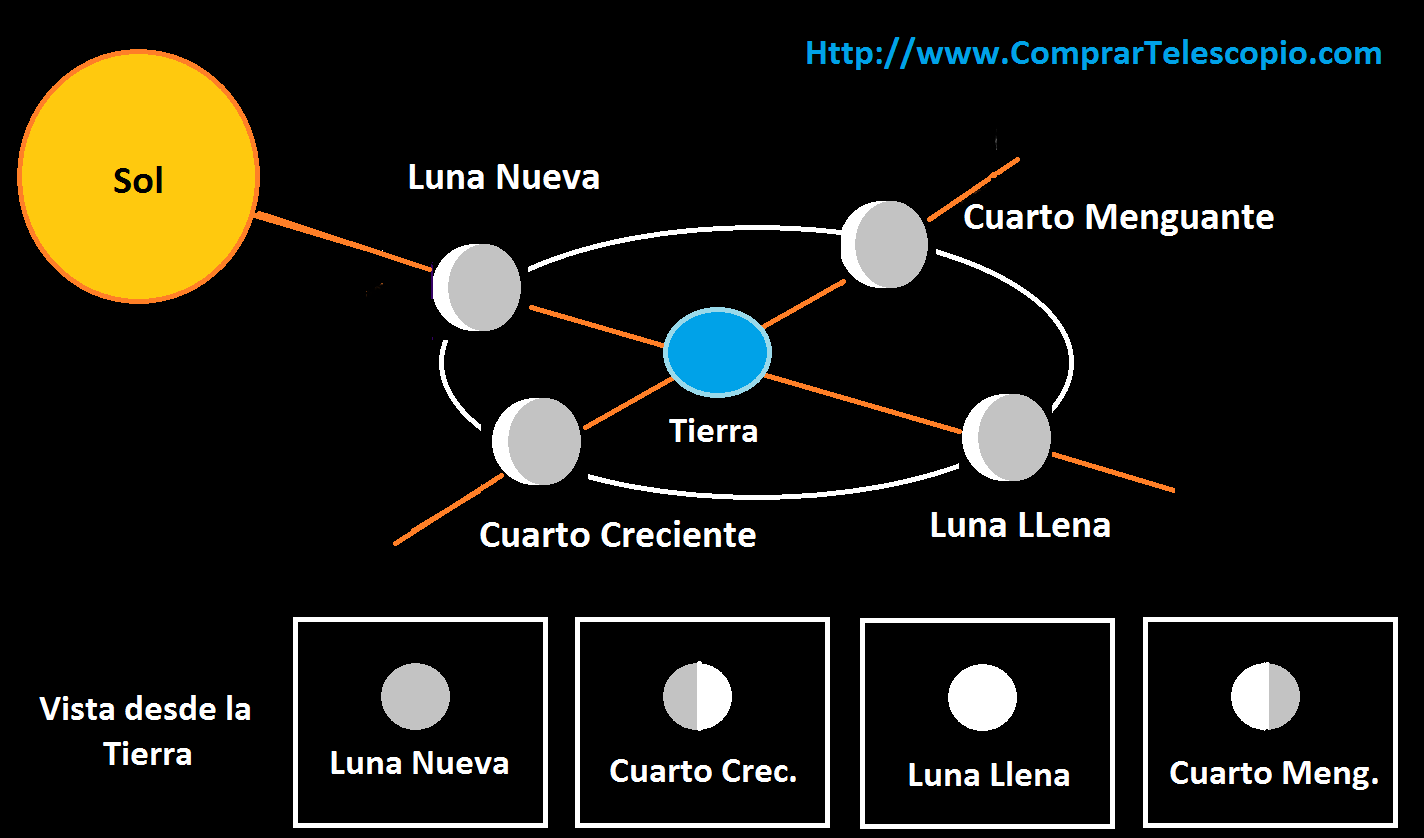Unlocking the Secrets of the Moon Phases
Have you ever gazed up at the night sky and been captivated by the ethereal glow of the moon? Its ever-changing appearance, from a sliver of light to a brilliant orb, has fascinated humankind for centuries. This celestial dance of light and shadow is what we call the lunar phases, a captivating cycle that has influenced everything from ancient myths to modern-day practices.
The moon, Earth's only natural satellite, doesn't produce its own light. Instead, we see it because sunlight reflects off its surface. As the moon orbits our planet, the angle between the sun, Earth, and the moon changes, leading to the different phases we observe. Understanding the lunar cycle is not just about appreciating the beauty of our celestial neighbor; it’s about connecting with a fundamental rhythm that has shaped life on Earth.
The lunar phases have been deeply intertwined with human culture and belief systems for millennia. Ancient civilizations tracked the moon’s movements, using them to develop calendars and predict seasonal changes. Many cultures associated the lunar cycle with deities and goddesses, weaving intricate myths and legends around its waxing and waning. Even today, the moon's phases continue to hold symbolic meaning in various spiritual and esoteric practices.
From a scientific perspective, the lunar cycle is a predictable phenomenon governed by the laws of celestial mechanics. The cycle, approximately 29.5 days long, represents the time it takes for the moon to complete one orbit around Earth and return to the same phase. This period, known as a synodic month, differs slightly from the sidereal month, which is the time it takes for the moon to complete one orbit relative to the stars.
Understanding the intricacies of the moon's phases gives us a deeper appreciation for the interconnectedness of our solar system. It's a reminder of the constant dance of celestial bodies and the rhythmic patterns that govern the universe. Beyond its scientific and cultural significance, observing the lunar cycle can also be a source of personal reflection and connection with nature.
The lunar cycle begins with the new moon, a time when the moon is positioned between the Earth and the sun. From there, it waxes, or grows, through the crescent, first quarter, gibbous, and finally, the full moon phase. After the full moon, it wanes, or shrinks, back through the gibbous, last quarter, crescent, and finally back to the new moon, completing the cycle.
One of the most evident effects of the moon's phases is the tides. The gravitational pull of the moon, and to a lesser extent the sun, causes the ocean waters to bulge, creating high and low tides. The highest tides, known as spring tides, occur during the new and full moon phases when the gravitational forces of the sun and moon are aligned. Neap tides, which have a smaller tidal range, occur during the first and last quarter moons.
The moon’s influence extends beyond the oceans. Some believe that the lunar cycle impacts animal behavior, plant growth, and even human moods and sleep patterns. While some of these claims remain scientifically debated, the undeniable connection between the moon and Earth's natural rhythms continues to inspire research and fascination.
Tracking the lunar cycle can be a rewarding practice. You can observe the moon's changing appearance each night, note the date and time of each phase, and even sketch its shape in a journal. Many apps and websites provide detailed information about the current moon phase and upcoming lunar events.
Learning about the lunar cycle can enrich our understanding of the natural world and our place within it. By observing the moon's phases, we connect with a timeless rhythm that has guided humanity for centuries. So, take a moment to look up at the night sky and appreciate the beauty and wonder of the lunar cycle. It's a reminder of the vastness of the universe and the intricate connections that bind us to the cosmos.

four phases of the moon are shown in three different languages | YonathAn-Avis Hai

sobre las fases de la luna | YonathAn-Avis Hai

sobre las fases de la luna | YonathAn-Avis Hai

sobre las fases de la luna | YonathAn-Avis Hai

sobre las fases de la luna | YonathAn-Avis Hai

Månens åtte faser DIY | YonathAn-Avis Hai

sobre las fases de la luna | YonathAn-Avis Hai

sobre las fases de la luna | YonathAn-Avis Hai

sobre las fases de la luna | YonathAn-Avis Hai

sobre las fases de la luna | YonathAn-Avis Hai

sobre las fases de la luna | YonathAn-Avis Hai

sobre las fases de la luna | YonathAn-Avis Hai

sobre las fases de la luna | YonathAn-Avis Hai

sobre las fases de la luna | YonathAn-Avis Hai

sobre las fases de la luna | YonathAn-Avis Hai